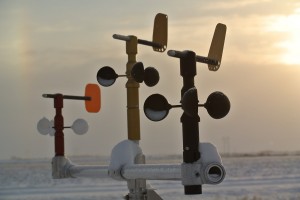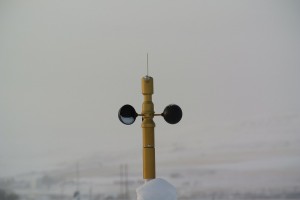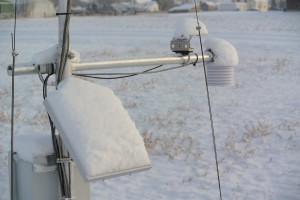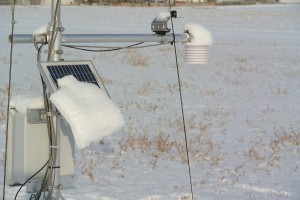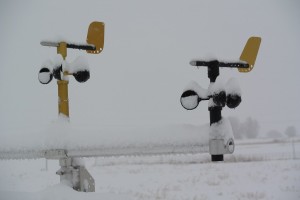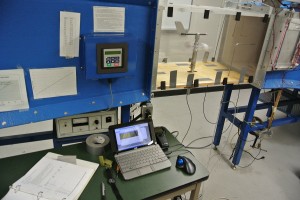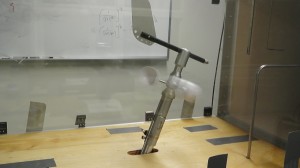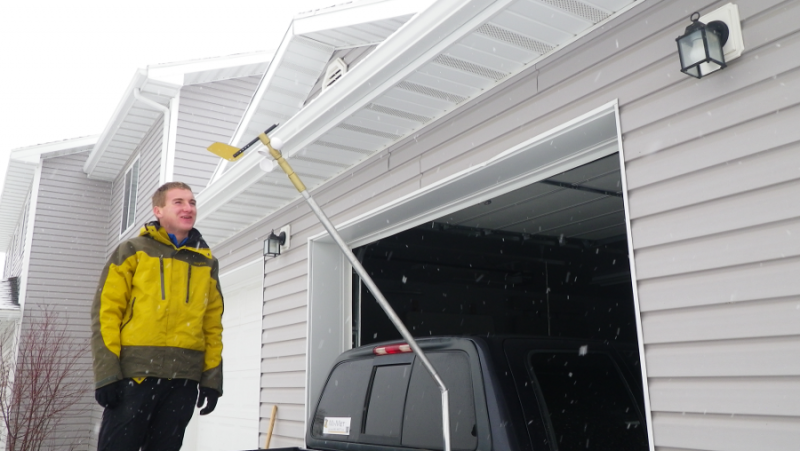Modbus is a data transmission protocol developed by Modicon in 1979 for industrial control applications. It uses a master-slave architecture, where one device is in charge and requests information from multiple (slave) devices. Modbus is a simple command and control protocol that has been adapted to a number of media including TCP/IP, SMS, and wireless transceivers. Modbus is widely used for low-power, industrial controls.
Modbus is an active standard and is documented by the Modbus Organization. Wikipedia also has a brief article on Modbus.
RS‑485 uses a balanced electrical signal. It is very tolerant of electrical noise, Ethernet and USB use similar signal levels.
Dyacon air sensors (TPH‑1) and wind sensors (WSD‑1) use Modbus RTU frame over RS‑485 at a default data rate of 19200 kbps. The data rate was selected as a balance between low power and long cable runs, allowing for runs of over 1000 ft. The data rate may be set between 1200 bps and 38400 bps. Cat‑5 cable is a low-cost solution for extending the sensor cables.
Multiple Modbus RS‑485 devices can be connected to a single data bus. Each Modbus slave device has a unique address. The master sends a “read” request to a specific device address. The slave device responds with the requested data. TPH‑1 and WSD‑1 sensors are Modbus slave devices and must be connected to a master. Dyacon user manuals contain the necessary information for programming the master device.
The address, data rate, and calibration settings on Dyacon Modbus sensors can be configured through Modbus commands. No special programming software is required.
So what can the sensors connect to?
Dyacon Control Modules
Dyacon control modules (CM‑1 and CM‑2) include ports for WSD‑1 and TPH‑1 Modbus sensors. No programming and no configuration are required. The control modules are the basis for the Dyacon MS‑100 series weather stations.
PC Utility
One of the programs Dyacon uses is Modbus Reader from KurySoft. The companion program Modbus Constructor builds an interface for the sensor. The reader program can then be used license-free on any computer. The reader can send and receive messages for configuring and testing the sensor. Feel free to contact Dyacon if you would like a copy of this construction file for your use.
Modbus Reader also has logging capabilities, but it is not recommended for SCADA or critical data logging functions.
Programmable Logic Controllers (PLCs)
PLCs are industrial automation controllers. These universal controllers are used to control process equipment such as a production line for baking cookies, processing pharmaceuticals, or making circuit boards. They can also be used for automating lighting, pumps, or HVAC environmental controls.
The 24 VDC power input on the Dyacon sensors and control modules allows them to directly connect to PLC controls and power supplies.
Environmental Data Loggers
Data loggers record sensor inputs into local memory for later retrieval and analysis. Many data loggers have multiple analog or digital sensor inputs. Many data loggers will include Modbus RS‑485 host capability.
Please give us a call if we can answer any questions or help you evaluate the best solution for your application.
Eugene

